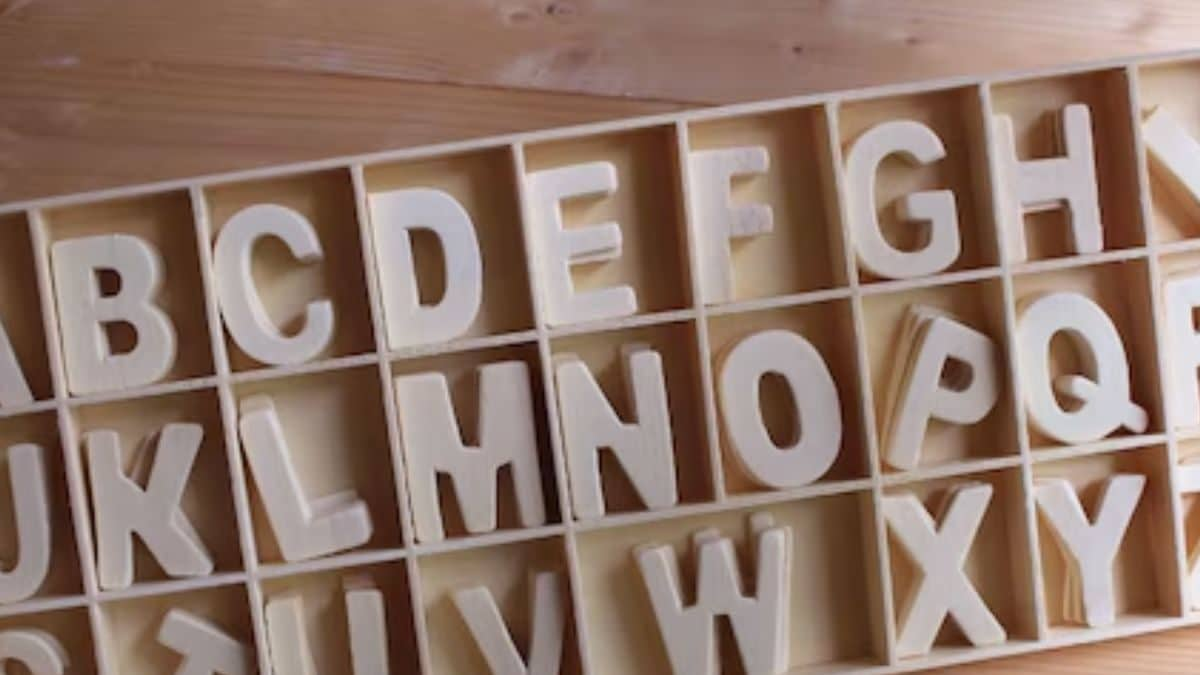Last Updated:

The ampersand symbol’s origins can be traced back to Latin.
The letter was initially pronounced as ‘and’ like the way the symbol & stands today.
We all know that the English alphabet has 26 letters, starting with A and ending with Z. But do you know that there was a time when the English alphabet used to have 27 letters? It used to come after Z and was even part of the education system, taught to British students of the 19th century. It was during the turn of the last century that the previous letter was identified as a symbol and dropped from the modern alphabet system. The letter ampersand, also known as ‘&’, was considered the last letter of the alphabet, number 27.
The letter was initially pronounced as ‘and’ like the very way the symbol & stands for today. But saying and after Z gave the impression that some other letter would follow Z. To avoid this confusion, the symbol & started to be pronounced ‘per se,’ particularly when reciting the alphabet where it followed ‘Z.’ This pronunciation made it sound like ‘and per se and.’ Over time, through repeated mispronunciations and blending of sounds, it transformed into the word ‘ampersand.’
The ampersand symbol’s origins can be traced back to Latin, where ‘et’ means ‘and.’ The character ‘&’ evolved from combining the letters ‘e’ and ‘t’ in cursive, resembling its modern form. The earliest known appearance of this symbol dates back to 45 AD on a piece of papyrus. Nearly a thousand years later, in 775 AD, it was formally incorporated into the Roman alphabet.
Johannes Gutenberg, the inventor of the printing press in the 15th century, included the ampersand in the earliest printing alphabets. By the 18th century, it began to be taught in formal education. Its inclusion as a part of the alphabet was not universally standardised. As the 20th century began, the ampersand started to fade from regular use in alphabets.



